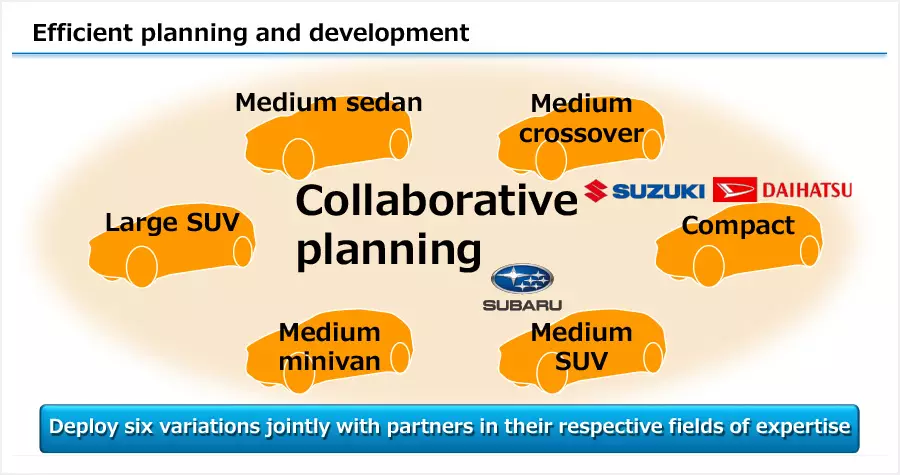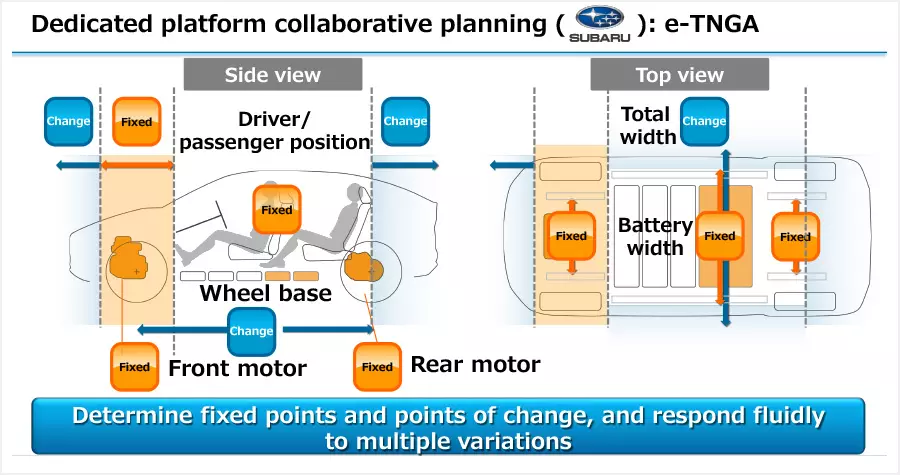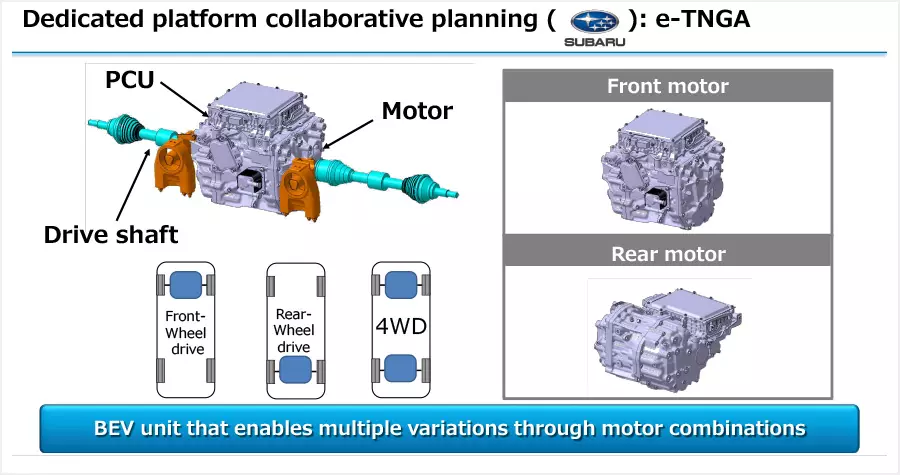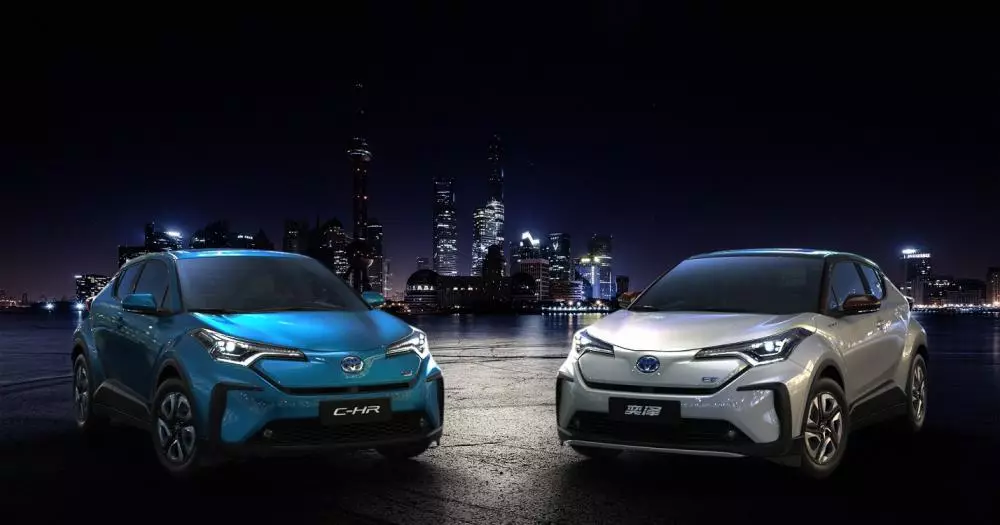despite the Toyota being one of the main responsible for the electrification of the automobile, one of the few to achieve commercial and financial viability with hybrid vehicles, has strongly resisted the leap towards 100% electric vehicles with batteries.
The Japanese brand has remained faithful to its hybrid technology, with the total electrification of the car being in charge of the hydrogen fuel cell technology, whose reach is (still) quite limited in commercial terms.
Changes, however, are coming… and fast.

In recent years, Toyota has laid the foundations for the development and marketing of battery-powered electric vehicles, culminating in a recently announced plan.
The builder doesn't lack ambition, which is waiting sell 5.5 million electrified vehicles in 2025 — hybrids, plug-in hybrids, fuel cell and battery electric —, of which one million should correspond to 100% electric, that is, fuel cell and battery-powered vehicles.
e-TNGA
How will you do it? Developing a new dedicated flexible and modular platform, which he called e-TNGA . Despite the name, it physically has nothing to do with the TNGA we already know from the rest of the Toyota range, with the choice of name being justified by the same principles that guided the design of the TNGA.

The flexibility of e-TNGA is demonstrated by the six models announced that will derive from it, from a saloon to a large SUV. Common to all of them is the location of the battery pack on the platform floor, but when it comes to the engine there will be more variety. They can either have an engine on the front axle, one on the rear axle or on both, that is, we can have vehicles with front, rear or all-wheel drive.
Subscribe to our newsletter
Both the platform and most of the components necessary for electric vehicles will be born from a consortium involving nine companies, which naturally includes Toyota, but also Subaru, Mazda and Suzuki. e-TNGA, however, will be the result of a closer collaboration between Toyota and Subaru.

The six models announced will cover various segments and typologies, with the D segment being the one with the most proposals: a saloon, a crossover, an SUV (developed in partnership with Subaru, which will also have a version of this) and even an MPV .
The remaining two models missing are a full-size SUV and at the other end of the scale, a compact model, which is being jointly developed with Suzuki and Daihatsu.
But before…
The e-TNGA and the six vehicles that will come from it are big news in Toyota's electric offensive, but before it arrives we'll see the arrival of its first high-production electric vehicle, in the form of a 100% electric C-HR that will be sold in China in 2020 and already presented.

A proposal needed to comply with the Chinese government's plan for so-called new energy vehicles, which requires reaching a certain number of credits, only possible through the sale of plug-in, electric or fuel cell hybrids.
broader plan
Toyota's plan is not only to produce and sell the electric cars themselves, insufficient to guarantee a viable business model, but also to obtain extra revenue during the car's life cycle — which includes acquisition modes such as leasing, new mobility services, peripheral services, used car sales, battery reuse and recycling.
Only then, says Toyota, battery-powered electric cars could be a viable business, even if the price of batteries remains high, due to the high demand and scarcity of supply.
The plan is ambitious, but the Japanese manufacturer warns that these plans could slow down if it fails to guarantee the necessary supply of batteries; and also to the strong likelihood of profits declining during this early phase of forcing electric vehicle adoption.
